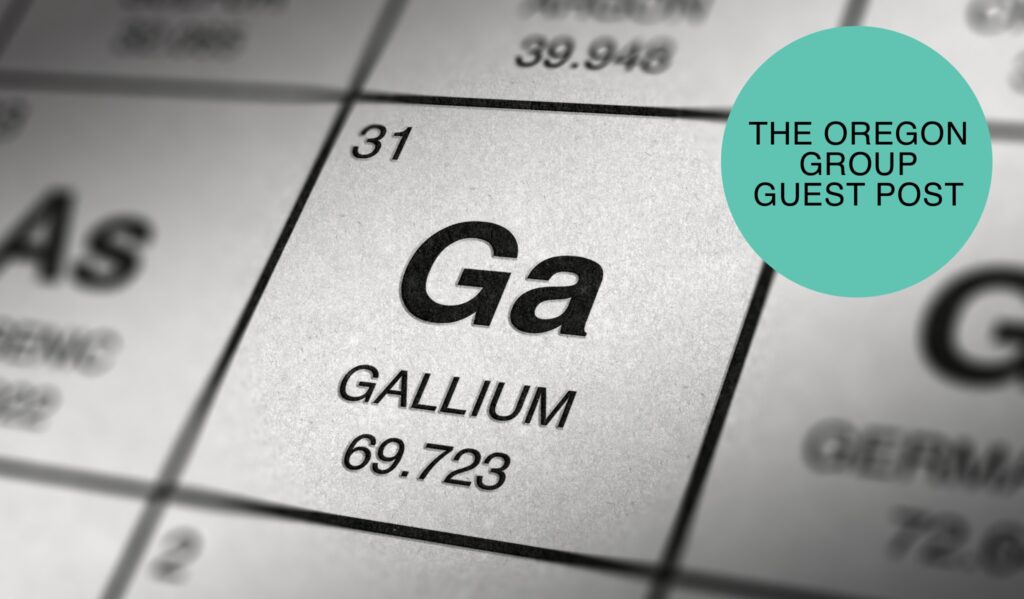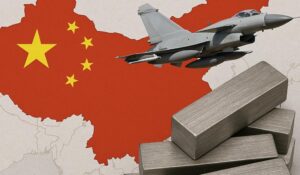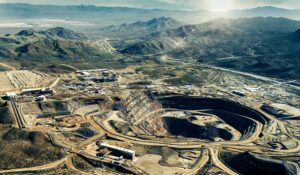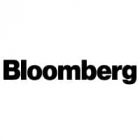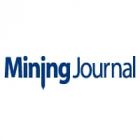Subscribe for Investment Insights. Stay Ahead.
Investment market and industry insights delivered to you in real-time.
Louis O Connor , founder of Strategic Metals Invest. The world’s first marketplace for private investors to physically own rare earths. Our private clients also have access to our logistics and distribution platform where the raw materials can be liquidated to one of our more than 4,000 clients in 74 different countries.
Gallium is a metal so soft that it feels inconsequential — at room temperature it can melt in your palm. Most people have never heard of gallium. It isn’t dug from the ground in glittering veins and it doesn’t trade on screens next to gold or copper.
And yet, in 2025, gallium has become one of the most strategically valuable materials in the global economy. Prices are up 32.5% year-to-date, driven by tightening supply and accelerating demand for the technologies powering electrification and national security.
The forces shaping gallium’s surge are bigger than commodity fundamentals. This is a story, not about novelty metals, but the technology wars shaping the next decade.
China produces more than 95% of the world’s gallium through aluminum and zinc refining streams. And, when Beijing tightened export restrictions last year — expanding an earlier ban to target US buyers — it wasn’t simply playing trade hardball. It was demonstrating leverage. The move immediately disrupted procurement for Western semiconductor and defense firms, as reported by Reuters.
Gallium isn’t alone. It’s part of a growing list of materials China is willing to weaponize as industrial policy.
The message landed: control refining — control the future. That single act forced Western governments to confront an uncomfortable truth. Gallium is critical for the energy transition, digital infrastructure, and defense systems, including:
• 5G and 6G radio hardware
• Electric-vehicle fast chargers and inverters
• Military radar and advanced aerospace chips
• Next-generation data-centre power management
And the West no longer makes it.
Gallium’s rise also reflects a broader shift in semiconductor physics. Silicon, the backbone of modern electronics, is hitting performance limits. Devices are becoming hotter, faster, more powerful, and they need materials that can keep up. Gallium nitride (GaN) and gallium arsenide (GaAs) handle higher heat and voltages than traditional silicon, enabling smaller, faster, more efficient electronics. The market for GaN power devices is forecast to triple to $2.7 billion by 2030, according to Yole Intelligence.
The challenges is that new mines won’t save us. There is no “gallium mine” to build. Supply can only grow with more aluminum and zinc refining — and that refining today is overwhelmingly Chinese. Even where new Western recovery projects exist, they are small-scale, slow to finance, and years from relevance.
Gallium now sits on both the EU Critical Raw Materials list and in the US DOE Critical Materials Program. But, although the EU Critical Raw Materials Act has helped accelerate recycling programs, Brussels doesn’t expect meaningful volumes before 2027. The US Department of Energy faces similar timelines. Geology isn’t the constraint — industrial capacity is. And that capacity isn’t rebuilt overnight.
And then there’s the talent gap:
• China has 400,000+ workers in rare-earth and tech-metal industries
• The U.S. has fewer than 500, according to DOE estimates
• China trains 200 metallurgists a week — roughly US annual output in a month
When a material becomes essential to national security, its economics change. Scarcity becomes durable. Price volatility becomes political. And access itself becomes a premium. Physical gallium is increasingly being viewed not just as an industrial input, but a hedge against geopolitical disruption— a tangible asset with leverage to emerging technology cycles and resource nationalism.
Subscribe for Investment Insights. Stay Ahead.
Investment market and industry insights delivered to you in real-time.
